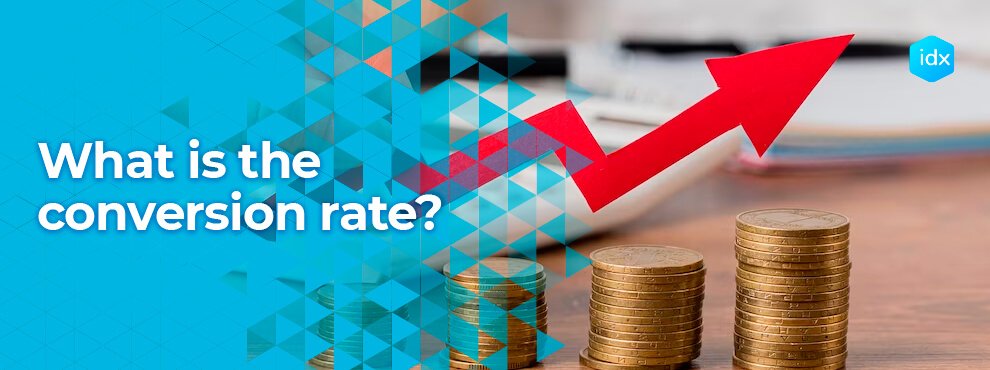
The conversion rate, in ecommerce, is the percentage that indicates how many visits to our website are transformed into conversions. The conversion does not necessarily have to be a sale. It can also be a subscription, the completion of a form or any other goal proposed by the marketer. Therefore, it can be said that the conversion rate tells us exactly to what extent we are achieving our objectives.
Table of contents
why is conversion rate important?
Many companies make the mistake of giving too much importance to the traffic obtained. In fact, they deploy large amounts of resources on content marketing, social media and other strategies to gain visibility. However, they neglect the main objective: generating leads. The website receives many visits, but very few of these generate a conversion.
But if we keep in mind that the conversion rate in ecommerce is the main indicator of our progress, we can make decisions in the right direction. For example: improve product descriptions, make more attractive offers, optimize landing pages, simplify the registration process, etc.
Calculate the conversion rate
As easy as it is to know what the conversion rate in ecommerce is, the formula to calculate it is:
conversion rate = conversions / visits * 100
Let’s suppose that our website has received 5,000 visits, of which 30 have ended in a sale. The conversion rate would be 6%.
By the way, this is quite a high value if we take into account that, in Spain, the conversion rate ranges between 1% and 3%. And only the best Google Adwords ads exceed 10%. These examples of conversions give a good standard of comparison for our website.
how to improve the conversion rate in e-commerce?
Here are some general tips to increase the conversion rate on your website.
Be flexible and experiment to get better results
If you are not making enough conversions, it is because something is wrong with your strategy or the way you are carrying it out. Therefore, you should be flexible and experiment with the different variables that influence your conversions. You should give yourself, for example, the opportunity to test different types of landing pages and see which one works best. Some experts, in fact, recommend testing up to 10 different landing pages.
Engagement tactics
Try different ways to hook users into subscribing by promising them something in exchange for subscribing: notifications of new offers, free e-books, mobile apps, etc. In short, something of value to them. That way, you’ll not only encourage them to sign up, but you’ll earn their trust and respect.
Consider demographic differences
You have to internalize that there are cultural, demographic and economic differences that differentiate the audience between different countries. To give you an idea, selling online in the United States is much easier than in Spain, although when it comes to getting visitors the difference is not so great. So you may need to rethink the way you relate to your target audience, or whether it is the right one for the kind of products you offer and their characteristics.
Competition and market
Two factors for which the conversion rate in ecommerce may be too low are product demand and competition.
If you offer similar products to those of another better positioned company, you should look for ways to make the consumer choose you. Improving customer relations, special offers, contests, sweepstakes and surveys are among the strategies you can use to tip the balance in your favor.
On the other hand, if demand for your product is low, you should consider including new products and services. In this case, innovation is a vital resource to increase your conversion rate.
Related Posts








